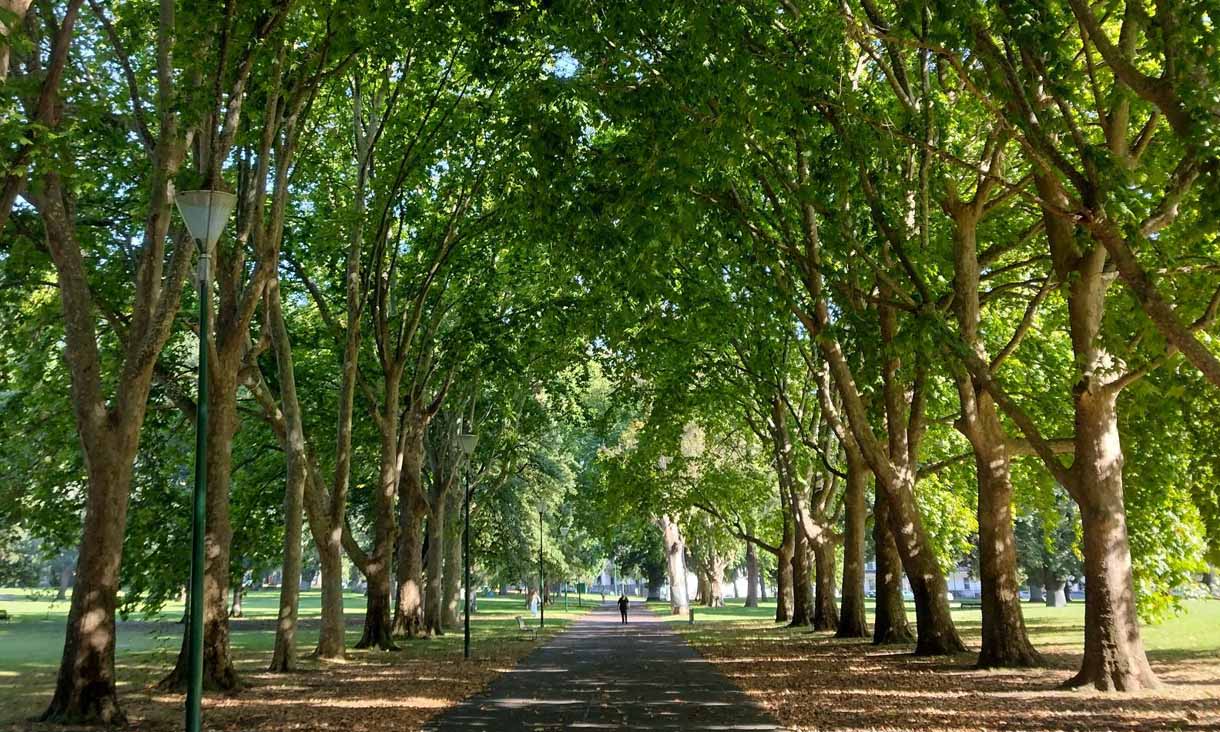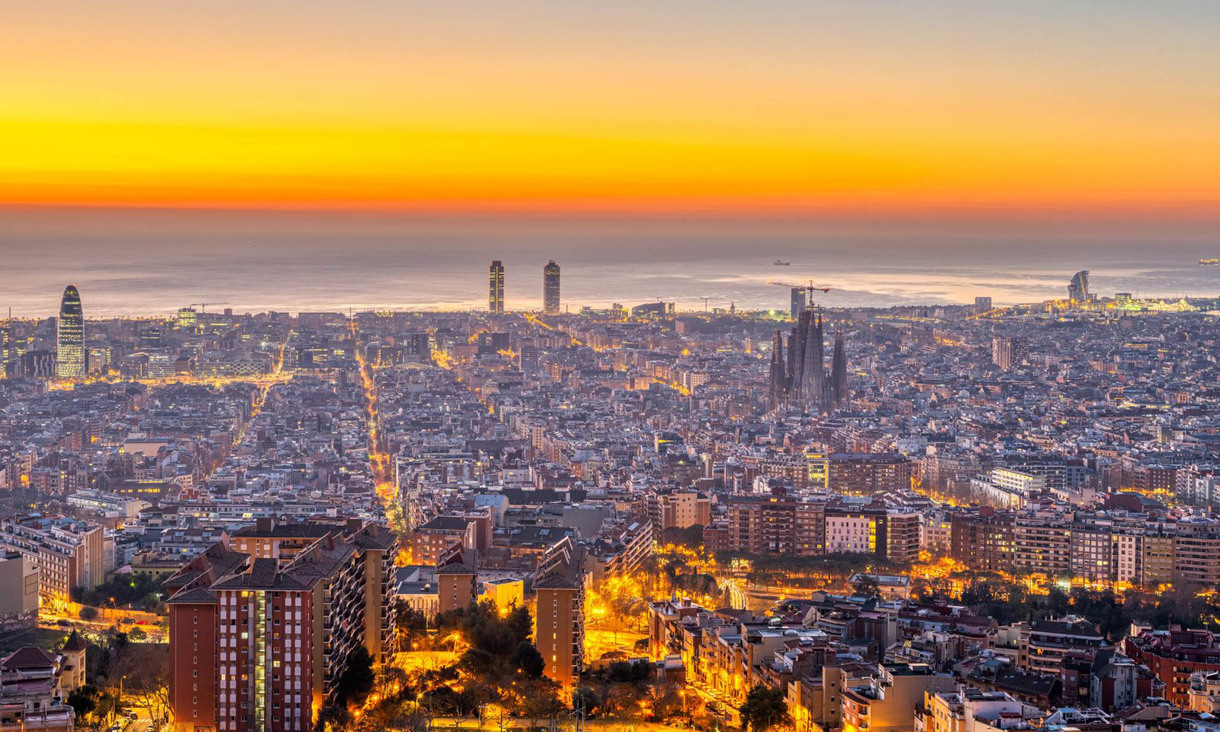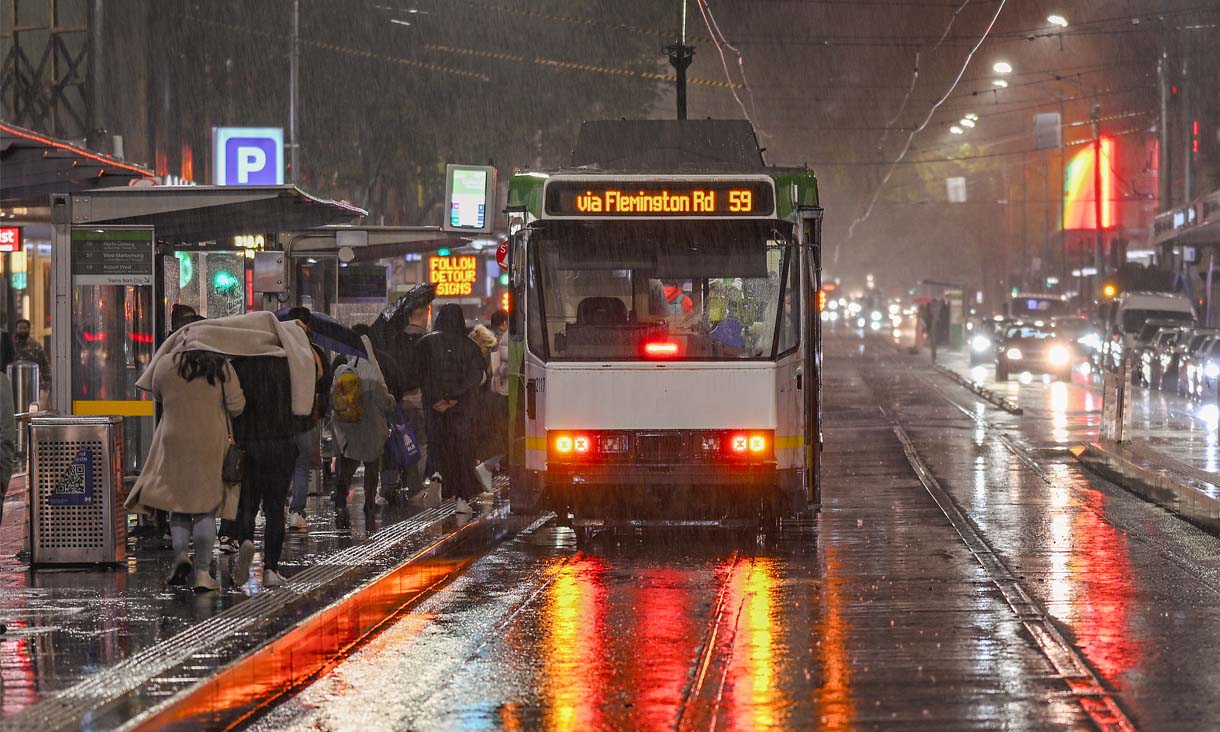De Gruyter said his research into street space allocation, the first of its kind in Australia, should empower councils like Moonee Valley – where mayor Cam Nation recently floated the idea of shutting down a street to motorists over summer in favour of outdoor dining parklets – to make informed decisions.
“Street space is hotly contested, particularly where high traffic flows conflict with popular places and key destinations,” he said.
“But we knew little about what was allocated and used by each mode of transport in cities, despite the importance of fairly allocating street space.”
The study also found exclusive tram lanes were only slightly oversupplied (average of 22% of total space versus 18% of total people), as were shared general traffic/tram/bus lanes (35% of total space versus 30% of total people).
However, other street elements were greatly oversupplied on average, particularly bicycle lanes (12% of total space versus 2% of total people), car parking (21% of total space versus 13% of total people) and shared general traffic/bus lanes (42% of total space versus 29% of total people).
Despite the oversupply of space for bicycle lanes, De Gruyter said usage would certainly increase if they were more than just a painted white line and converted to Copenhagen style lanes, which are separated from car lanes.
Between October and December 2020, researchers measured each site in terms of the amount of street width provided to each mode of transport, including shared space.
They returned to some locations in March and April 2021 – during relaxed COVID restrictions – and found the overall conclusions were the same: street space for pedestrians was undersupplied and could be increased at some places through converting existing on-street parking.
With cities increasingly looking to embrace sustainable transport, like walking, cycling and public transport, knowing how much space to give to each mode is crucial.
“It is also relevant in the context of COVID, where more space is being sought to support physical distancing and outdoor gatherings,” De Gruyter said.
De Gruyter is continuing to inform local governments on how their streets are used to provide an evidence base for planning decisions.
‘Street space allocation and use in Melbourne’s activity centres’, with Chris De Gruyter, Seyed Mojib Zahraee of RMIT University and William Young of Monash University, is published by RMIT’s Centre for Urban Research.
Story: Aeden Ratcliffe





